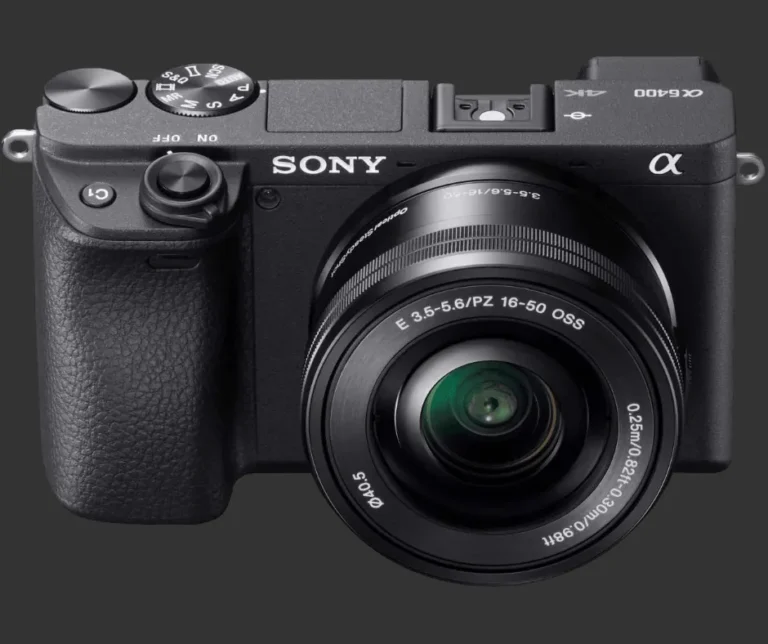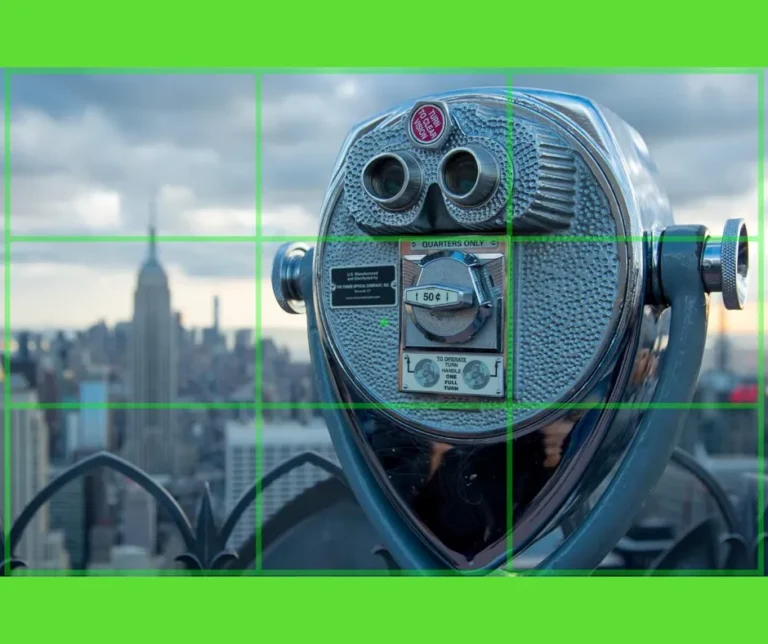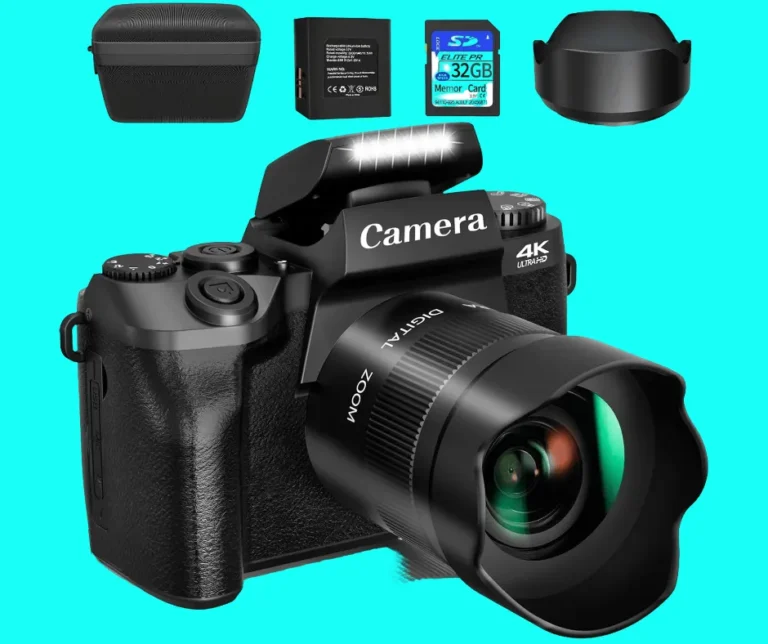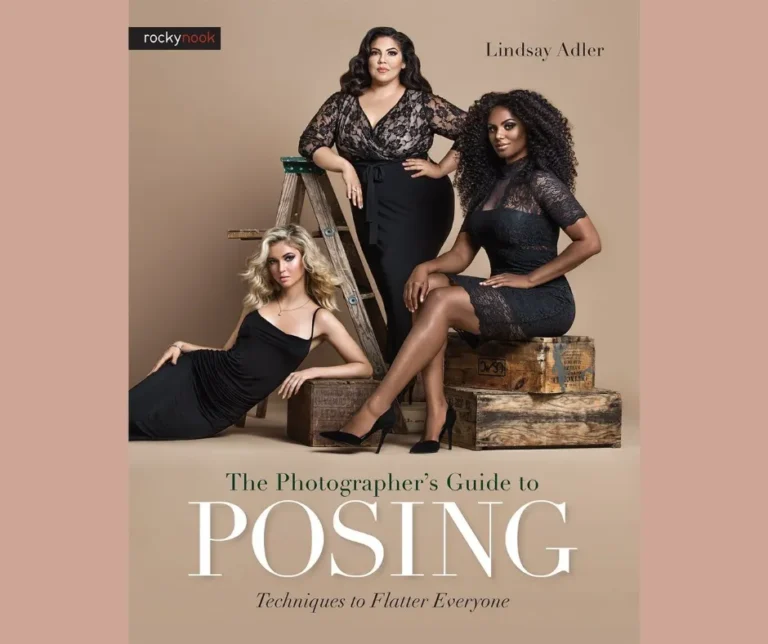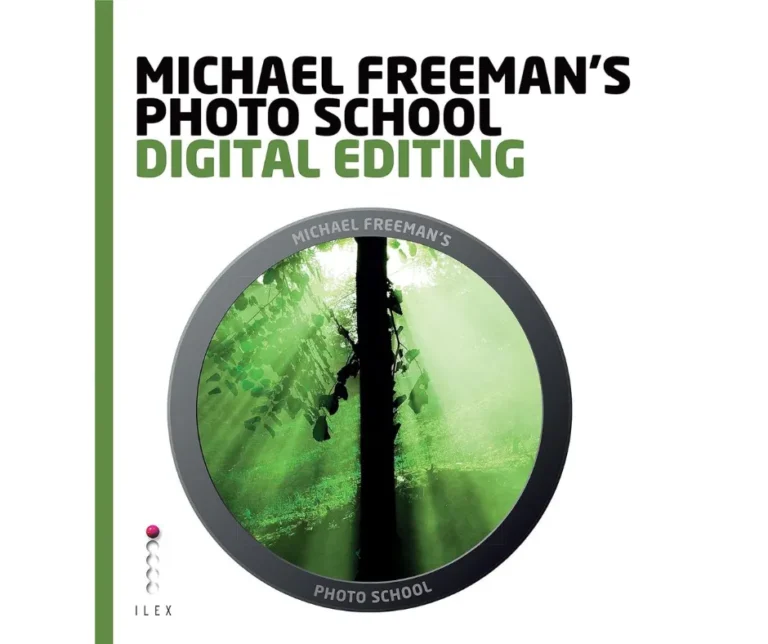Composition Techniques: Elevating Your Amateur Photography
If you have a passion for photography and are looking to take your skills to the next level, then mastering composition techniques is essential.
As an amateur photographer, you may have already familiarized yourself with the technical aspects of your camera, but composition is what truly sets a photograph apart.
It is the art of arranging the elements within a frame to create a visually appealing and impactful image.
With the right techniques, you can transform a simple snapshot into a work of art.
In this article, you will learn about the various components of composition and how to apply them to your photography.
Whether you are capturing landscapes, portraits, or street scenes, these techniques will help elevate your amateur photography and unleash your creative potential.
So, grab your camera and get ready to take your photos to the next level with these composition techniques.
Master the rule of thirds
To take your amateur photography to the next level, it is crucial to master the rule of thirds.
This composition technique is widely recognized and utilized by professional photographers around the world.
By mentally dividing your frame into a grid of nine equal parts (three horizontal and three vertical lines), the rule of thirds helps you achieve better balance and visual interest in your photographs.
Instead of placing your subject right in the center of the frame, try positioning it along one of the gridlines or at one of the intersecting points.
This simple adjustment can create a more dynamic and visually appealing composition, drawing the viewer’s eye to the focal point of your image.
Remember, practicing and incorporating the rule of thirds into your photography will significantly enhance the overall quality and artistic value of your compositions in “Composition Techniques: Elevating Your Amateur Photography.
“
Utilize leading lines effectively
When striving to elevate your amateur photography in “Composition Techniques: Elevating Your Amateur Photography,” it is essential to understand and effectively utilize leading lines.
Leading lines are powerful compositional elements that guide the viewer’s eye through the image, creating a sense of depth and visual interest.
They can be found in various forms, such as roads, fences, buildings, or natural elements like rivers or tree branches.
By strategically incorporating leading lines into your photographs, you can enhance the overall composition and draw attention to your subject.
Experiment with different angles and perspectives to make the leading lines more prominent and compelling.
By harnessing the potential of leading lines, you can create captivating and visually engaging photographs that will captivate your audience.
Experiment with different perspectives
To further enhance your amateur photography in “Composition Techniques: Elevating Your Amateur Photography,” it is important to experiment with different perspectives.
By exploring various angles and points of view, you can add depth and visual interest to your compositions.
Instead of always shooting from eye level, try getting down low or shooting from a higher vantage point.
This change in perspective can offer a fresh and unique view of your subject, allowing you to capture images that stand out from the ordinary.
Additionally, don’t hesitate to move around and explore different angles to find the most flattering and impactful composition.
By experimenting with different perspectives, you can push the boundaries of your photography and elevate the visual impact of your images.
Balance elements in your frame
In “Composition Techniques: Elevating Your Amateur Photography,” another important aspect to consider is the balance of elements within your frame.
Achieving balance in your compositions helps to create a sense of harmony and visual equilibrium.
When composing your shot, pay attention to the placement and distribution of objects, colors, and shapes within the frame.
Consider the weight or visual importance of each element and how they interact with one another.
You can achieve balance by placing larger or more dominant elements against smaller or less prominent ones, or by distributing elements evenly throughout the frame.
By consciously incorporating balance into your compositions, you can create visually pleasing and impactful photographs that captivate the viewer’s attention.
Use framing to add depth
To further enhance the visual impact of your photographs and add depth to your compositions, another useful technique explored in “Composition Techniques: Elevating Your Amateur Photography” is the use of framing.
Framing involves using elements within the scene to create a frame or border around your subject, drawing the viewer’s attention to the focal point and adding a sense of depth to the image.
This can be achieved by incorporating objects such as archways, doorways, windows, or natural elements like branches or foliage to create a frame within the frame.
By strategically positioning your subject within this frame, you create a sense of depth and layers, allowing the viewer to visually explore the image beyond the immediate subject.
Experimenting with different framing techniques can add visual interest and dimension to your photographs, elevating them from amateur snapshots to captivating works of art.
You now have a better understanding of key composition techniques used by professional photographers.
By applying these techniques, you can elevate your amateur photography and capture stunning, professional-quality images.
Remember to keep practicing and experimenting with different angles, perspectives, and elements in your photos to continue improving.
With dedication and the right techniques, you can take your photography to the next level.
Keep shooting and have fun!
FAQ
What are some composition techniques that can help elevate amateur photography to a more professional level?
To elevate your amateur photography to a more professional level, there are several composition techniques you can employ.
Firstly, consider the rule of thirds; divide your frame into thirds both horizontally and vertically, and place your subject at the intersection points to create a visually appealing composition.
Secondly, pay attention to leading lines; use elements like roads, fences, or natural lines to guide the viewer’s eye towards the main subject.
Additionally, experiment with different perspectives and angles to add depth and interest to your photos.
Lastly, don’t forget about negative space; leaving empty areas in your composition can create a sense of balance and draw attention to the subject.
How can the rule of thirds be applied effectively in composition to create more visually appealing photographs?
To create more visually appealing photographs, you can effectively apply the rule of thirds in composition.
By dividing the frame into a 3×3 grid, you should position the main subject or point of interest along the gridlines or at the intersections.
This technique helps to create balance, depth, and visual interest in your photos.
Additionally, it allows you to incorporate negative space, leading lines, and diagonal compositions, enhancing the overall composition.
By using the rule of thirds, you can capture more captivating and captivating photographs that engage the viewer’s eye and create a sense of harmony and aesthetic appeal.
What are some tips for using leading lines in composition to guide the viewer’s eye and create a sense of depth in photographs?
To effectively use leading lines in your photographs, you should consider a few key tips.
Firstly, look for natural or man-made lines in your scene, such as roads, railings, or even tree branches.
Secondly, position yourself in a way that allows these lines to guide the viewer’s eye towards the main subject or focal point of your image.
Additionally, experiment with different angles and perspectives to enhance the sense of depth and create a more dynamic composition.
Lastly, don’t be afraid to get creative and think outside the box when incorporating leading lines into your photographs.
How can the use of framing and negative space enhance the overall composition of a photograph?
When you use framing and negative space in your photographs, you can greatly enhance the overall composition.
By consciously choosing what elements to include or exclude from the frame, you can create a sense of focus and draw the viewer’s attention to the subject.
This technique can add depth and dimension to your images, making them more visually appealing.
Additionally, negative space can provide a sense of balance and simplicity, allowing the subject to stand out and convey a stronger message.
By utilizing framing and negative space effectively, you can elevate the composition of your photographs and create captivating visuals.
Can you provide examples of composition techniques that can be used to create more dynamic and balanced photographs?
To create more dynamic and balanced photographs, you can try using the rule of thirds and leading lines.
By placing your subject off-center using the rule of thirds, you can create more visual interest and draw the viewer’s eye.
Additionally, incorporating leading lines, such as roads or fences, can guide the viewer’s gaze and add depth to your composition.
Experimenting with different angles and perspectives can also enhance the overall composition.
Remember to consider elements like symmetry, patterns, and depth of field to create visually pleasing and balanced photographs.


